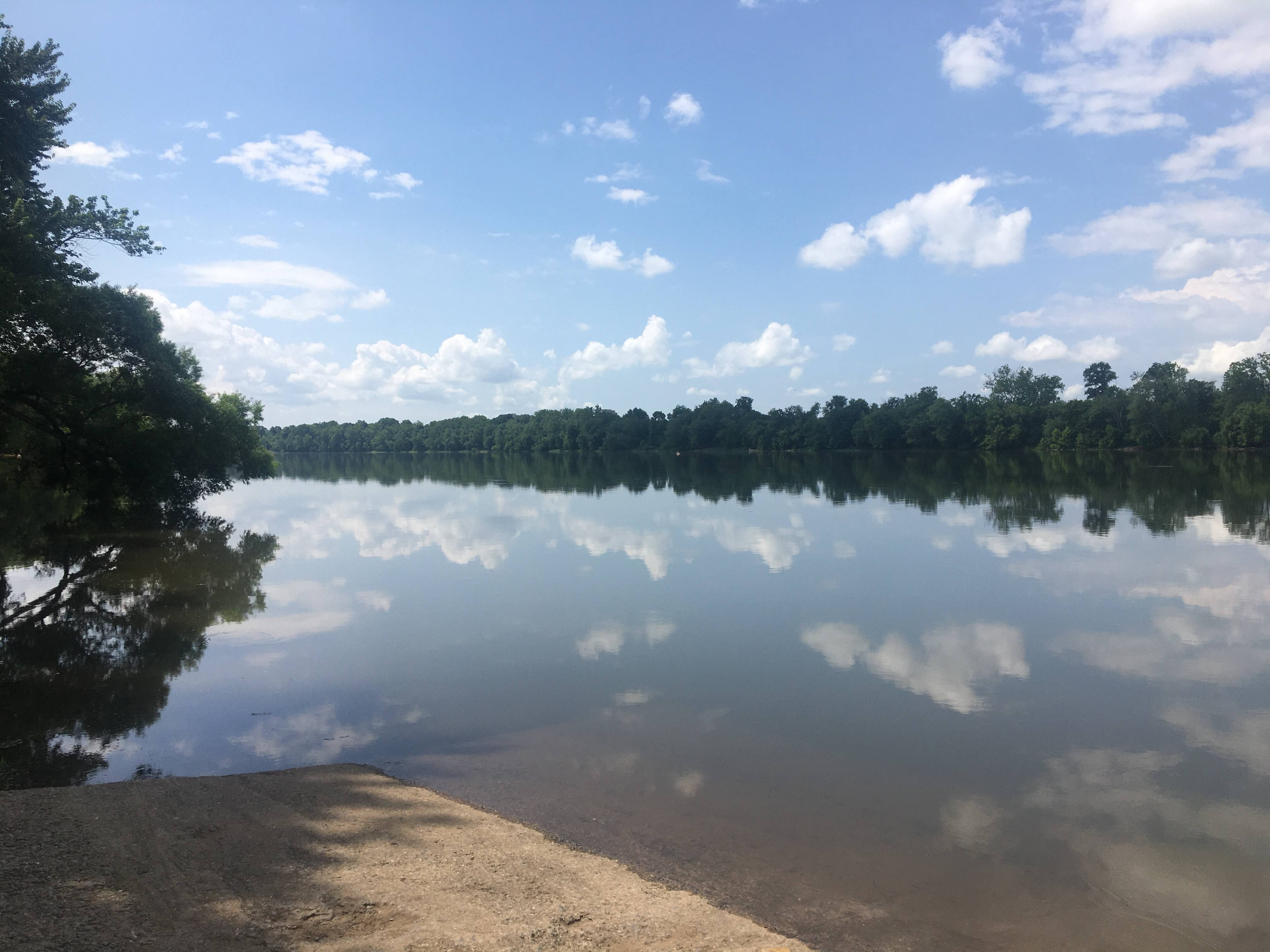
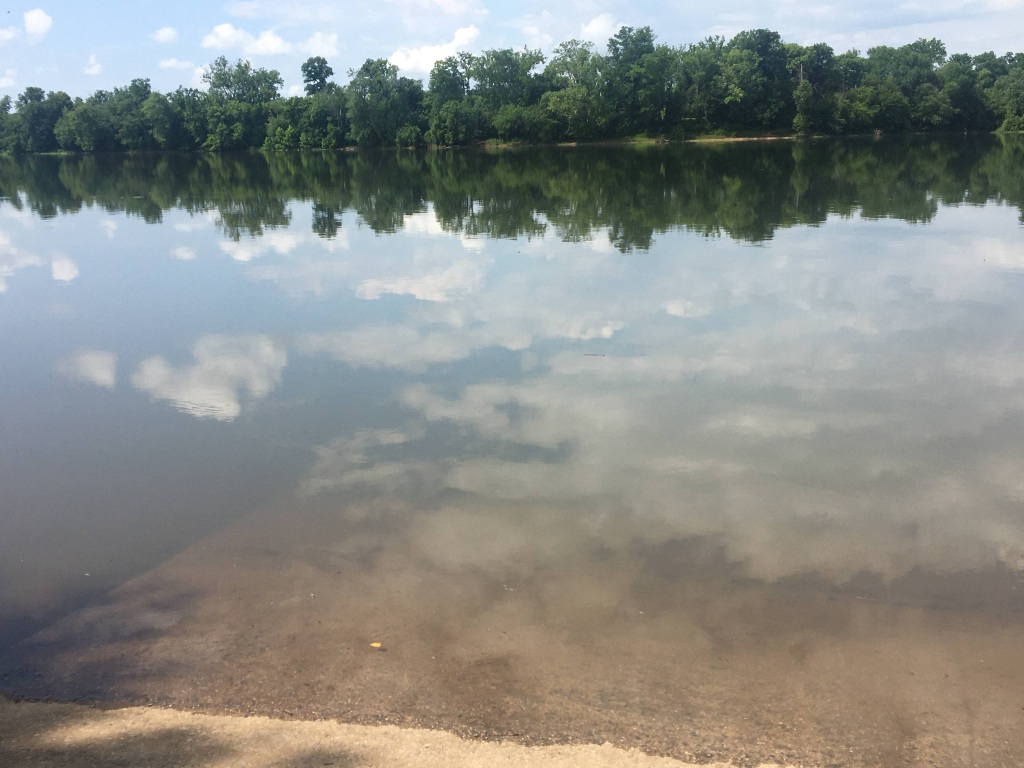
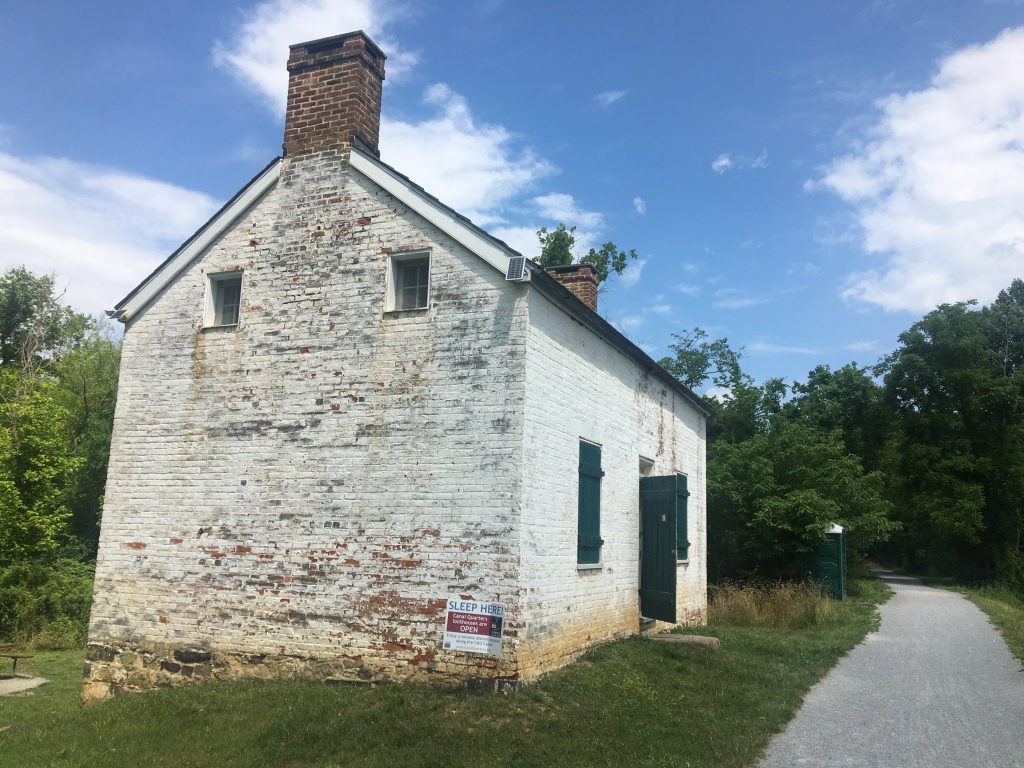

Crossing the little bridge over the C & O Canal at Edwards Ferry, I saw the lockhouse where I had considered staying the night. It was booked on June 27th, 2023, which was the only day I was interested in, as it was the exact 160th anniversary of the day that my great-great grandfather Corporal Timothy Carroll, along with his comrades in the 65th NY of the Army of the Potomac, had crossed the Potomac River in pursuit of General Robert E. Lee’s Army of Northern Virginia. Lee’s army in June 1863 had unleashed its 2nd invasion of the northern states, and large parts of it were in Pennsylvania, seizing horses, grain, cattle, and supplies of all kinds. It was also seizing African American citizens and sending them south into the horrors of slavery.
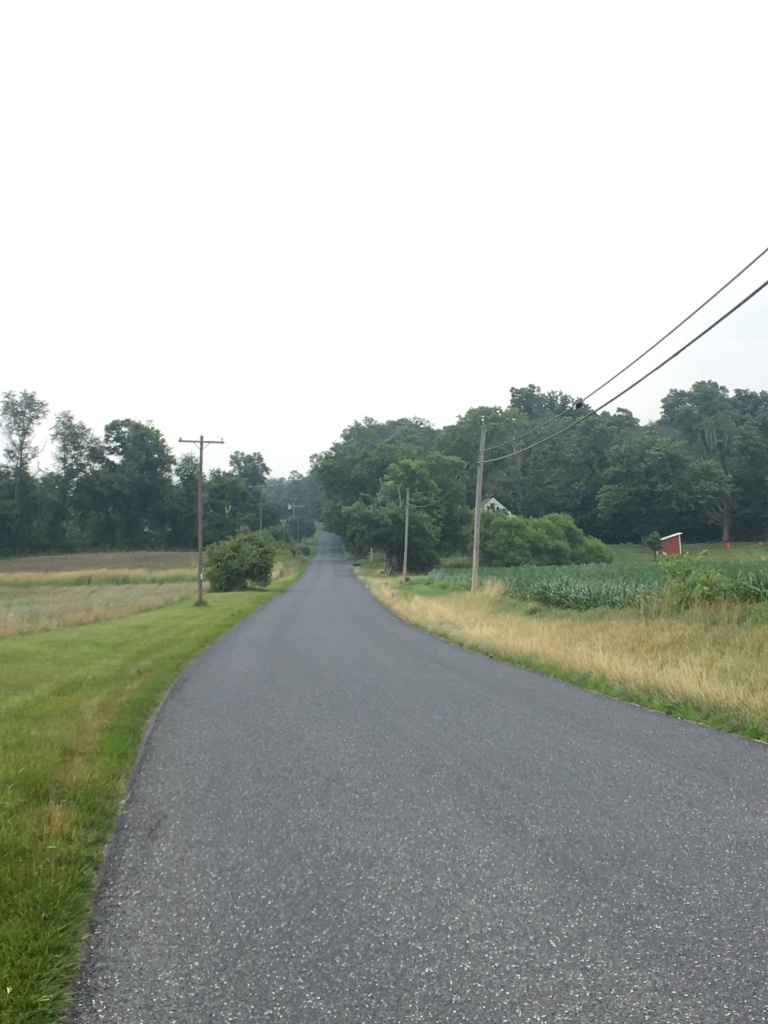

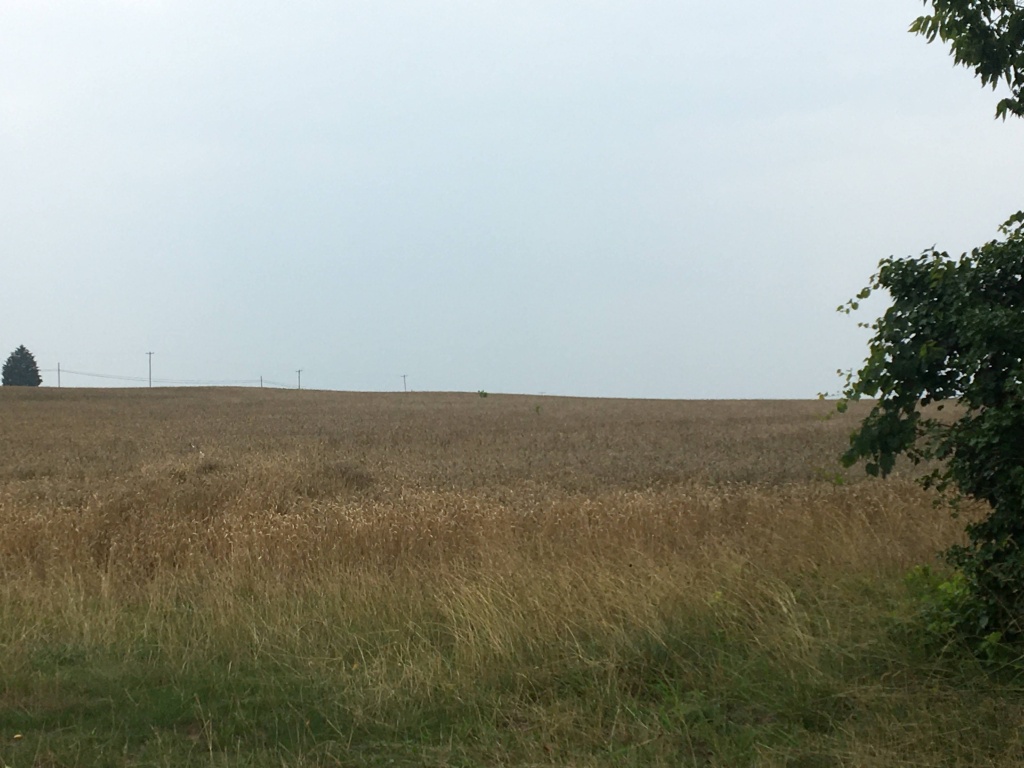

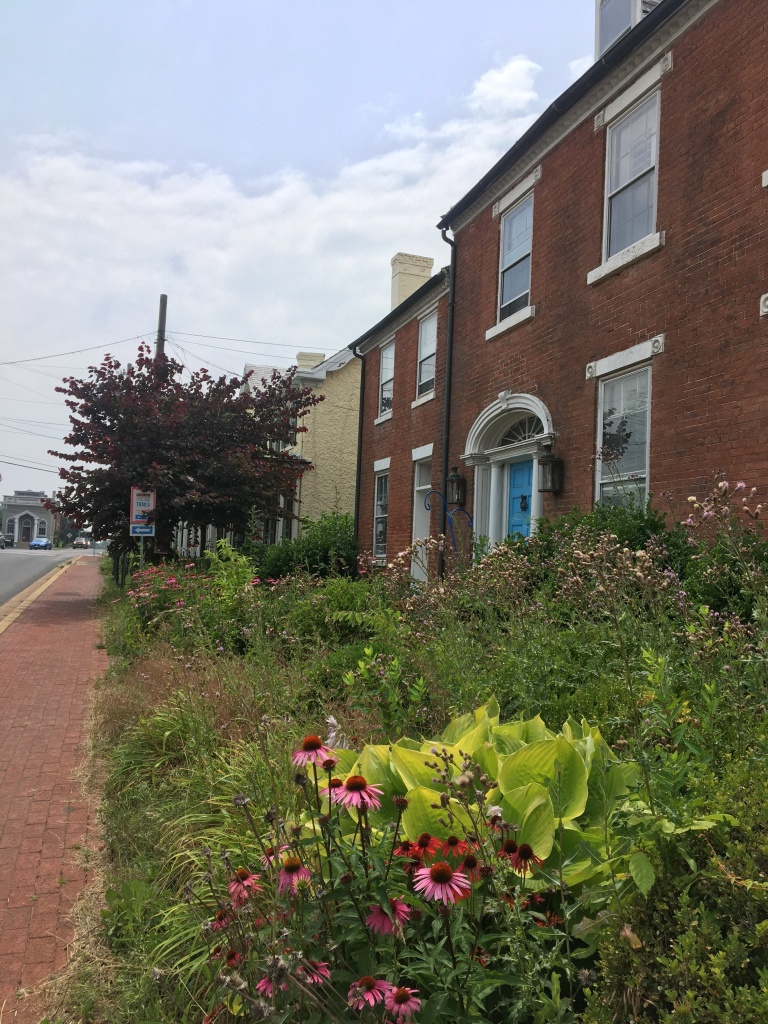
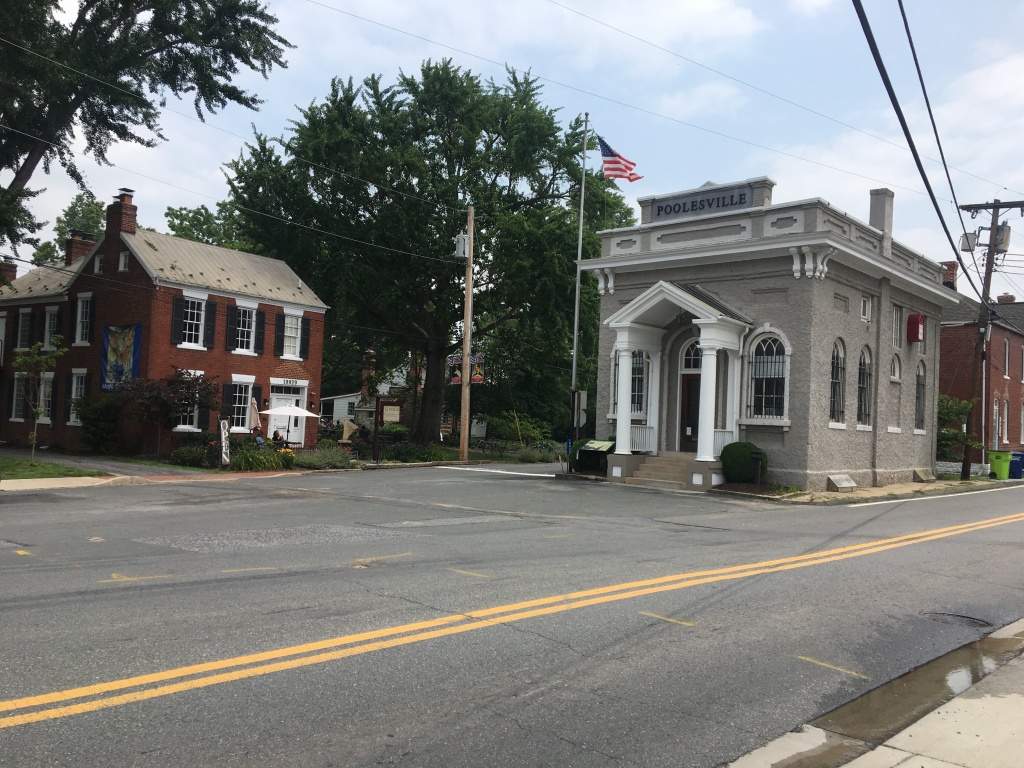

The original plan for my latest trip connected to the 65th NY Volunteers was to walk the three days’ march routes of the regiment on the exact 160th anniversary of the marches. Having completed, with two friends, a 40 mile walk to Gettysburg in 2014 tracing the epic 6th Corps march of July 1-2, 1863 to get to the battlefield, and in 2017 a 36 mile walk tracing the route of the 65th NY as it marched from Barnesville, Maryland to Antietam, I was confident that 3 days of walks from 16 to 20 miles was consummately doable for me. However, not surprisingly, a walk from Edwards Ferry to Westminster, Maryland was less appealing to my two walking buddies than a walk which ended on a historic battlefield. Needing a partner to shuttle a car to the end of our walks, unless I was willing to use Uber in semi-rural Maryland, the lack of a walking partner meant the 3 days and 55 miles of walking would be complicated.
In the end, in a major compromise, I decided I would walk about five miles from Edwards Ferry to Poolesville, Maryland, then take an Uber back to my car parked at Edwards Ferry and drive to my hotel in Frederick that first day. That would mean I’d follow the end of the march route after the crossing of the Potomac by the 65th NY of June 27, 1863. Then, on June 28th and June 29th, I would drive along the roads marched on by the 65th, or at least some of the roads given the modernization of the Maryland roadways since the 1860s, and stop for lunch at the end of the latter two drives, pausing and eating and drinking in the same towns near where my great-great grandfather had paused and rested 160 years ago. In another adjustment to practicality, upon arrival on the 27th, the threat of thunderstorms on the route that day and the heat and humidity of the midday sun caused me to push the walk to the next day, and flip my itinerary so that I’d drive the June 28, 1863 march route to Hyattstown, Maryland on the 27th, and then do the walk to Poolesville in the morning, with nicer weather, on the 28th. The flip of routes also meant my old friend and college cross country and track teammate Hugh could meet me in Poolesville at a Mexican restaurant there and drive me back to my car parked at Edwards Ferry.
The drive to Hyattstown from Edwards Ferry quickly revealed how lucky I was that my orginal plan to walk the whole march route had not worked out. Featuring regular traffic, no shoulders along much of the road, and frequent blind curves, the route to Hyattstown, and indeed the roads I’d take later to Mt. Airy and New Windsor, were downright dangerous for walking. “You’d likely get hit,” exclaimed the caretaker of the St. Mary’s Catholic church in Barnesville, who I met as I paused there to take a picture of the same church where my friends Scott, Jim, and I had started on our 36 mile walk to Antietam in 2017. But I stopped at a spot where I had a nice view of Sugarloaf Mountain to the West, where a Union signal station and observation post had existed during the Civil War.
On June 28, 1863, as the men marched to Hyattstown, the Army of the Potomac learned that it had a new commander, General George Gordon Meade, formerly the commander of the 5th Corps of the Army of the Potomac. Relatively unknown outside the 5th corps, he was a solid commander who replaced General Joseph Hooker, who resigned in frustration over friction with army commander General Henry W. Halleck. Hooker’s star had fallen after the calamitous defeat in early May at the Battle of Chancellorsville, along with differences with President Lincoln over what to do to counter Lee’s invasion into northern territory.
As I finished my drive to Hyattstown and had lunch of a caprese salad at Laurienzo Brick Oven Cafe just north of town, I was glad about the adjustments I’d made in planning this latest trip and happy about how well the first day had gone. Back at my hotel in Frederick, in the midst of the typical suburban sprawl on the fringes of most towns in America, I looked forward to my walk the next day, along with revisiting the National Museum of Civil War Medicine with my friend Hugh, then enjoying a Frederick Keys baseball game.
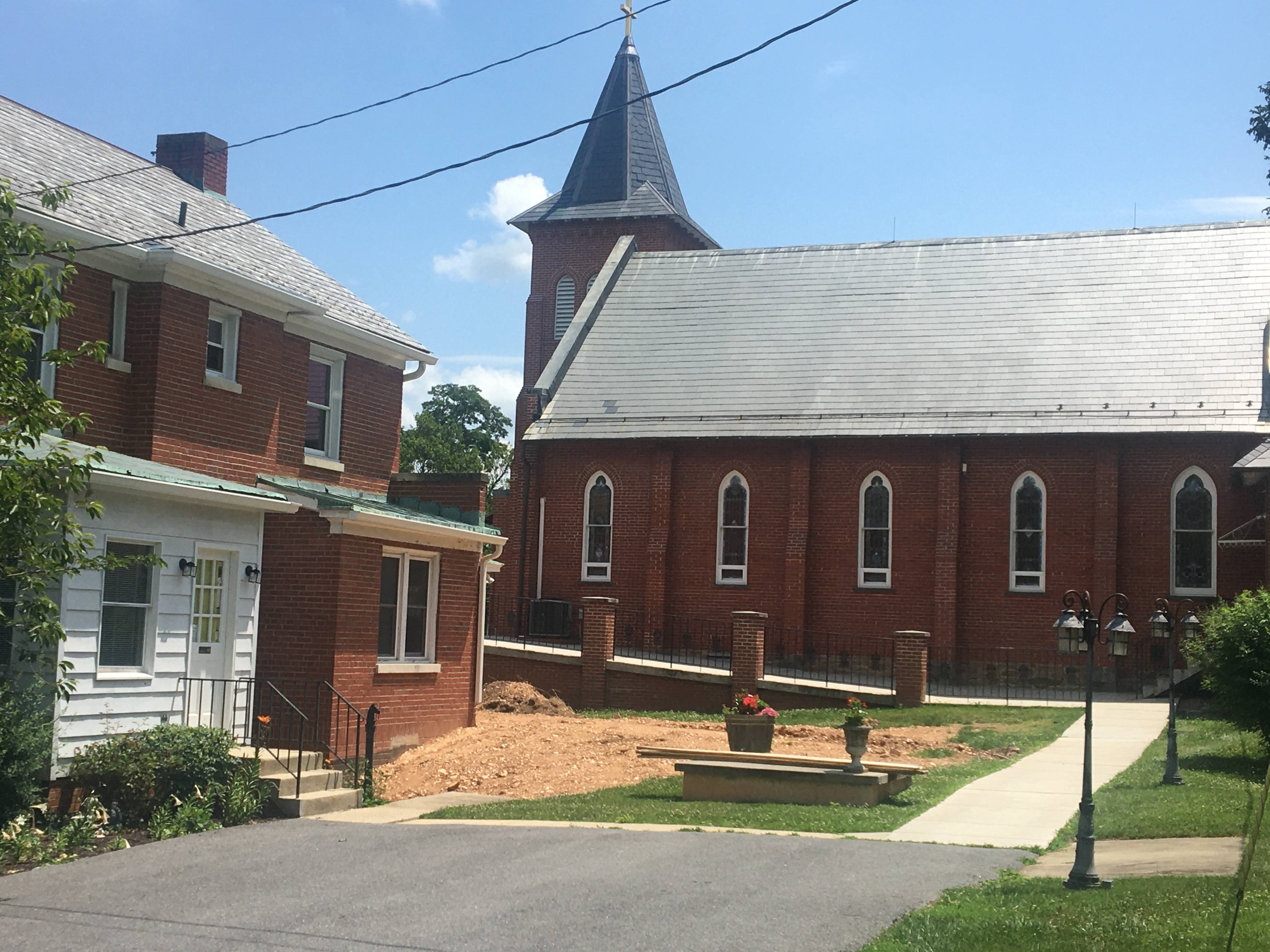
Starting from Edwards Ferry at 10:30 AM, I was lucky to have a bit of cloud cover and a nice breeze as I walked. Edwards Ferry Road, though paved, hadn’t likely changed that much since the day 160 years earlier when Timothy Carroll marched on it. Horse farms lined the road. An unseen rooster crowed a couple of times. The road was either flat or followed a slight uphill from the river towards Poolesville, and with the weather conditions as they were, it was a pleasant walk of about an hour and 40 minutes, just less than five miles. I was following the tail end of the June 27, 1863 march route. The fact that I carried a small backpack with a bottle of water, a rain jacket, and a protein bar in it, as compared to my great-great grandfather’s burden of perhaps a sixty pound pack with a knapsack, haversack, a supply of ammunition, some change of clothes, an overcoat and rubber blanket, and likely a tent half, made my task significantly easier than his. Of course he also had to tote a rifled musket all these miles. However, he was in his early 20s, and I was sixty years old, so there was that.
My route took me north-northeast on Edwards Ferry Road for a little over two miles until I reached a fork where I turned right onto Westerly Road, which headed into Poolesville. Though I couldn’t prove that the 65th NY had followed this exact route, the road was likely the same or similar route which the 65th NY took towards Poolesville, though they may have made part of the route on an adjoining farm road to help relieve congestion on the Army of the Potomac’s march route as it hurried to meet the threat posed by Lee’s army. I was confident that the route I walked was reasonably close to that pursued by my relative. I followed Westerly Road east-northeast until it reached West Willard Road and a seemingly new housing track development on the outskirts of Poolesville. Turning left, walking on the sidewalk which fronted the development, I headed northward into Poolesville. Reaching Maryland route 107, I turned right and I was in the historic center of Poolesville, just as Corporal Timothy Carroll likley had been in late June 1863. After another quarter mile or so of walking, I reached the Mexican Grill, where my old friend Hugh awaited me. As decided, a meal and a cold beverage in the town near where Timothy Carroll camped 160 years ago was my way to celebrate, a celebration made more meaningful in that I shared it with an old friend who I had seen little of in years. The guacamole and chips, and the rice and beans, were delicious if not historically accurate, and Hugh and I caught each other up on our lives as we lingered over lunch.
After driving me back to pick up my car at Edwards Ferry, Hugh dropped me off and we both drove separately to Frederick, where we met up again at the National Museum of Civil War Medicine in Frederick. A nice little museum, which I had visited in 2000 near the end of a week-long graduate course/bus tour of the eastern campaigns of the Civil War, it taught among other things that medical practices were better than is sometimes believed today in the Civil War, and that Major Jonathan Letterman, known as the “Father of Battlefield Medicine,” was instrumental in improving the care of wounded and ill soldiers, greatly improving mortality rates and lessening the suffering of those Union troops. After about an hour in the museum, Hugh and I returned to my hotel to take a break, then headed off to see the Frederick Keys play a game versus the Williamsport Crosscutters at Nymeo Field at Harry Grove Stadium. Though the Keys lost the game 2-1, it was a lot of fun to watch just to the first base side of home plate a few rows back, and Hugh and I continued to enjoy our reunion.
The main plan for the next day was to drive the approximate march route of June 29, 1863 from Hyattstown to New Market to Mt. Airy to New Windsor, on the 160th aniversary of the march. Again, the lack of shoulders and the speedy traffic convinced me that my original goal of walking this march route would have been downright dangerous. I was glad to be driving.
Since my hotel was only seven minutes from the beautiful Monocacy National Battlefield, a place I had visited once in the 1990s but which had been significantly expanded and enhanced since then, I had planned to start my last day of the trip with a battlefield tour. This little known and underappreciated battle, fought on July 9, 1864, during Jubal Early’s raid on Maryland, was a Confederate victory, but it served to delay Early’s army for a full day, enabling Ulysses S. Grant to send two divisions of the 6th Corps and two divisions from the 19th Corps to supplement the relatively sparse local Washington D.C. troops and adequately man the forts protecting the city, especially Fort Stevens. One of those 6th Corps divisions, under General David Russell, included the 65th NY Volunteers of General Emory Upton’s brigade. So there was a small connection between the Monocacy battle and the 65th NY, even if the 65th NY were not part of the battle itself.
General Early was forced to retreat after a battle at Ft. Stevens on July 11th and 12th, when it was clear that his forces were no match for the Union contingent. Thus, the little battle at the Monocacy River had made a big impact, and General Lew Wallace, the Union commander and later author of Ben Hur, who put together his force out of Baltimore forces and one division of the 6th Corps which Grant sent north, and chose to fight it out on the Monocacy River, deserves more credit than he gets for it.
The Monocacy battlefield is a little jewel, and for me it was the surprise of the trip. A car tour to five key spots, and walking trails for those wanting to spend more time on the field, reveal a battlefield which can be understood fairly readily if one is willing to read and look at the maps. The Monocacy River, the Best Farm, the Worthington Farm, and the Thomas Farm form the key geographic features to interpret the battle, and a couple of hours of driving and walking caused me to strongly appreciate what these Union troops did for their country. I leave it to others to more deeply explain the battle, and I will let the photos of regimental monuments and key battlefield features suffice here. That said, I have walked many battlefields over the years, often repeatedly, and the Monocacy Battlefield has become one of my favorites. It is a triumph of preservation in the midst of the sprawl of development outside Frederick, and I loved it so much that I returned the morning of my departure back home to New York to go for a short run on a trail on the Thomas Farm.

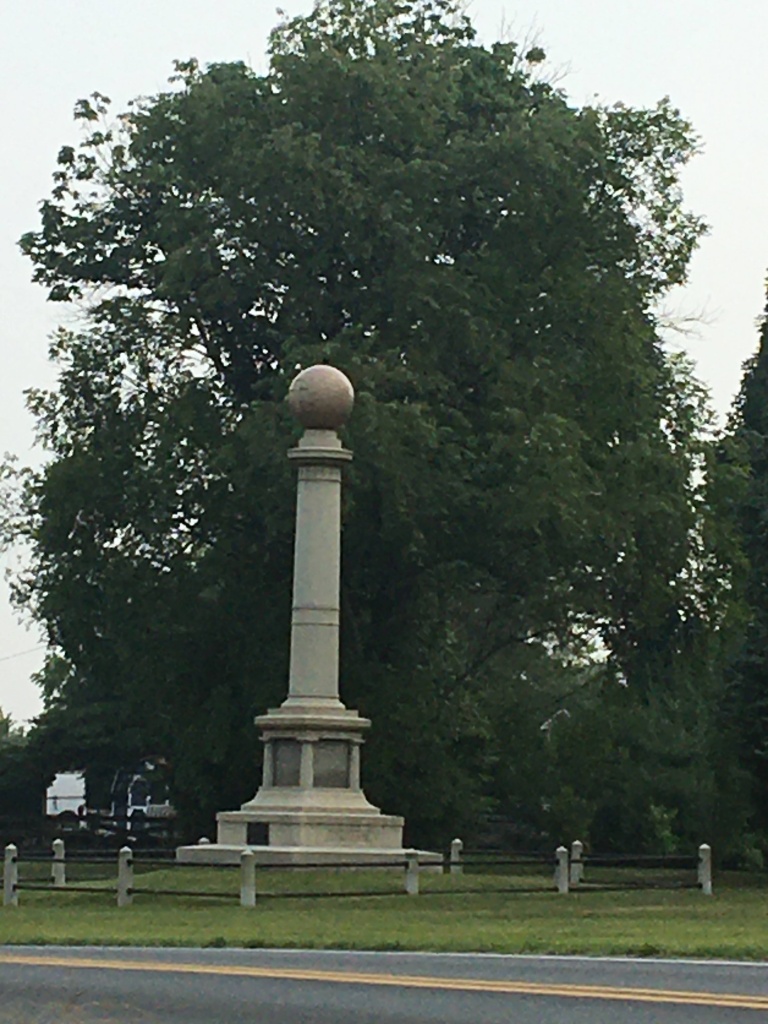
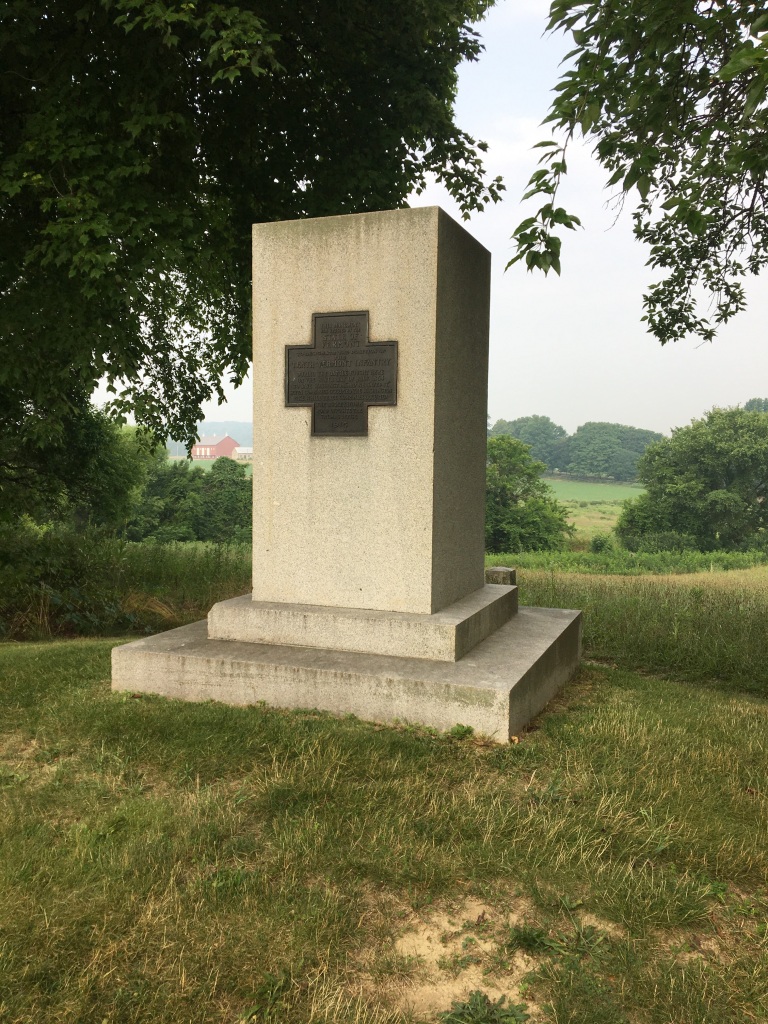
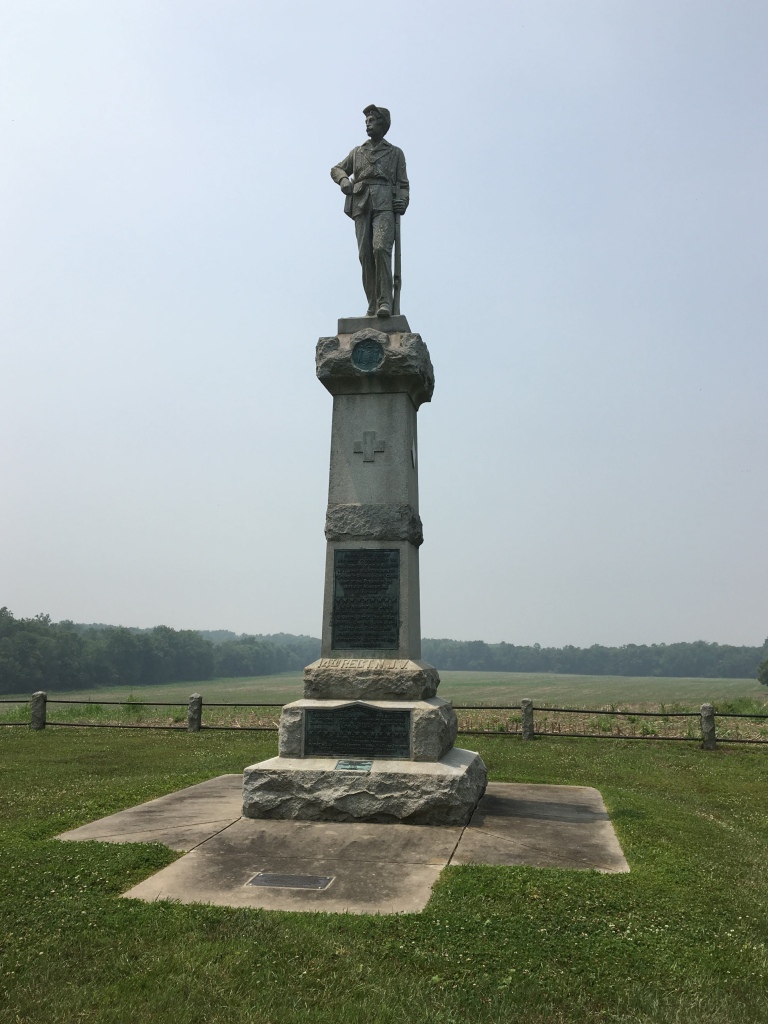
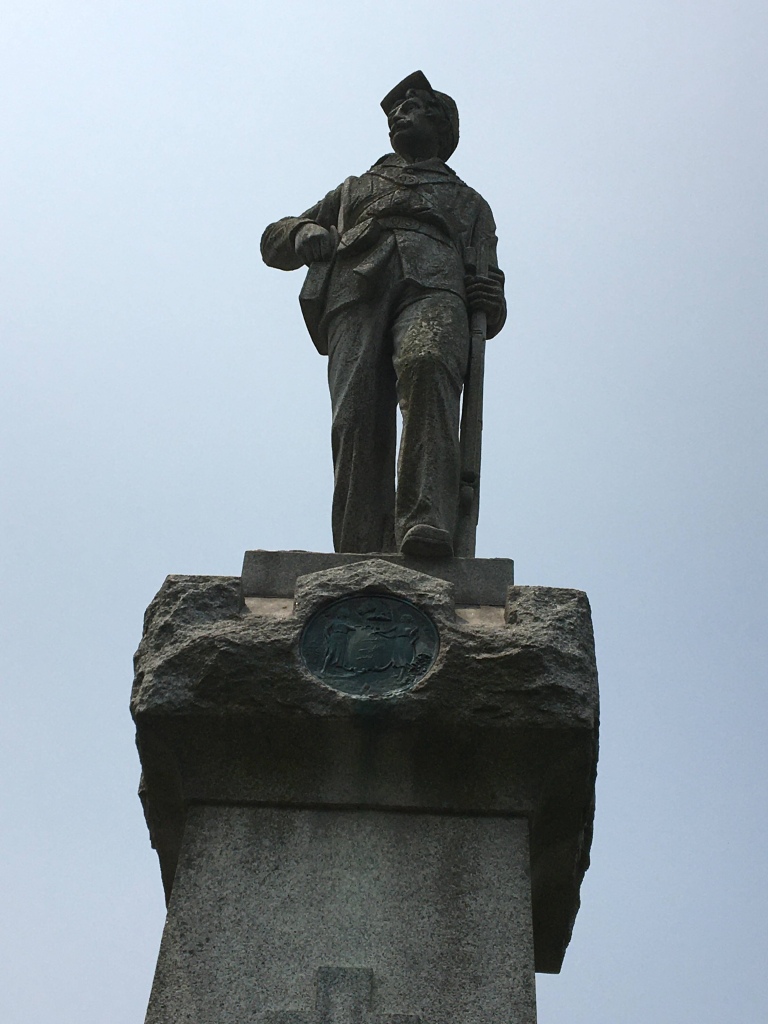
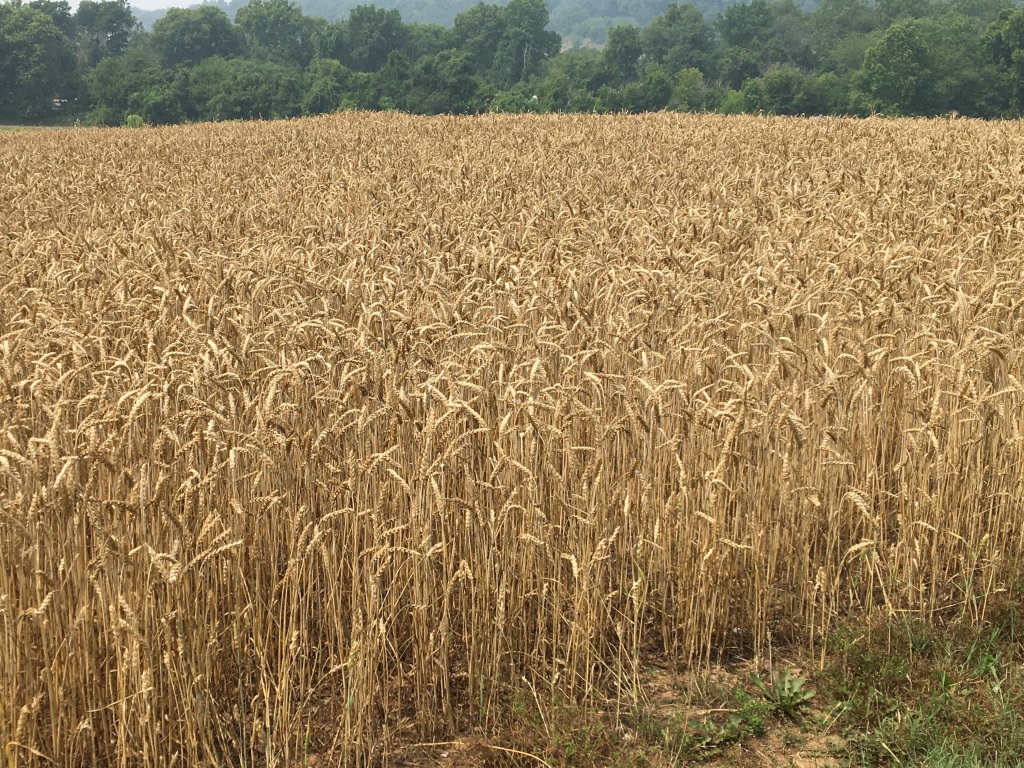




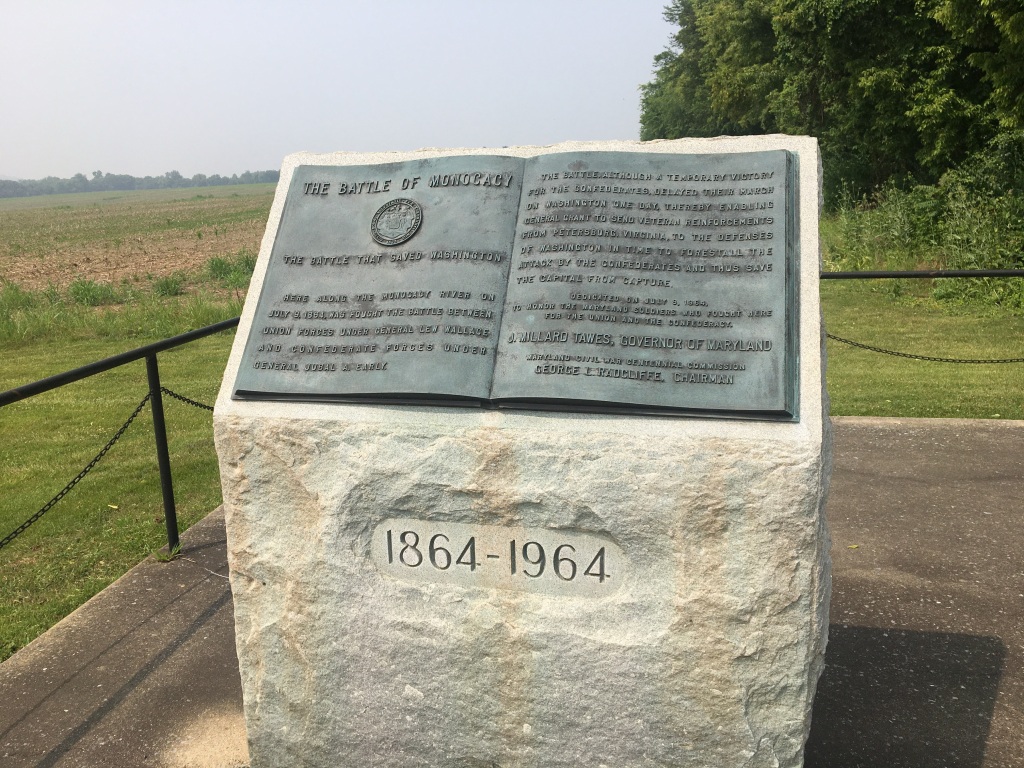
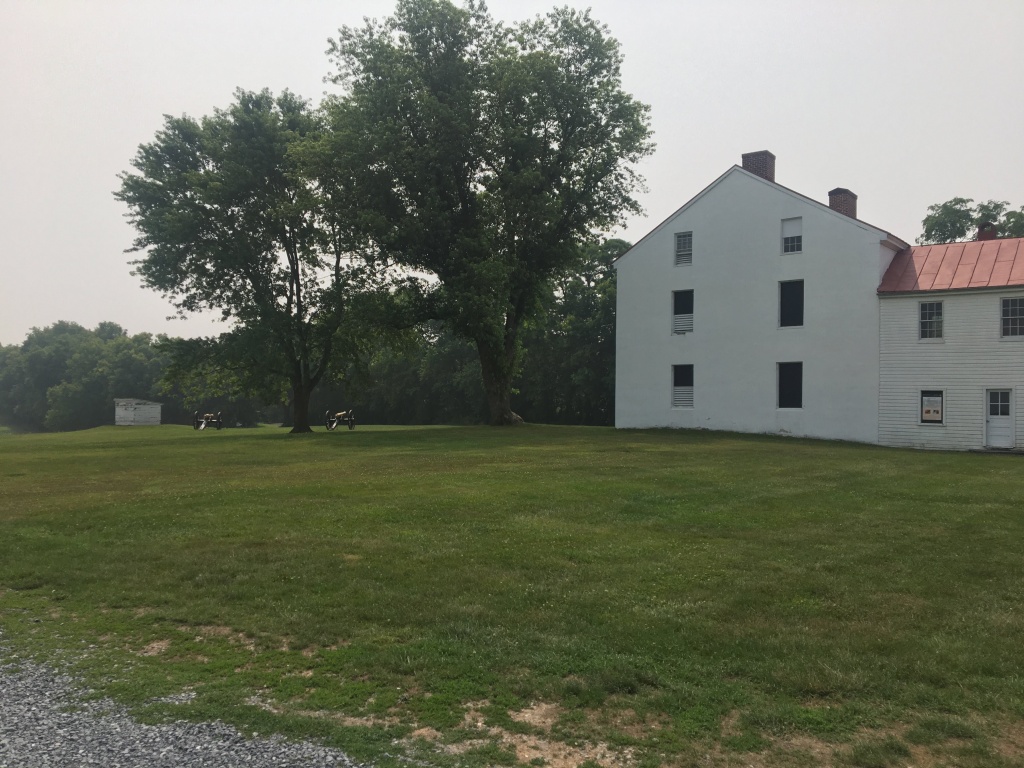

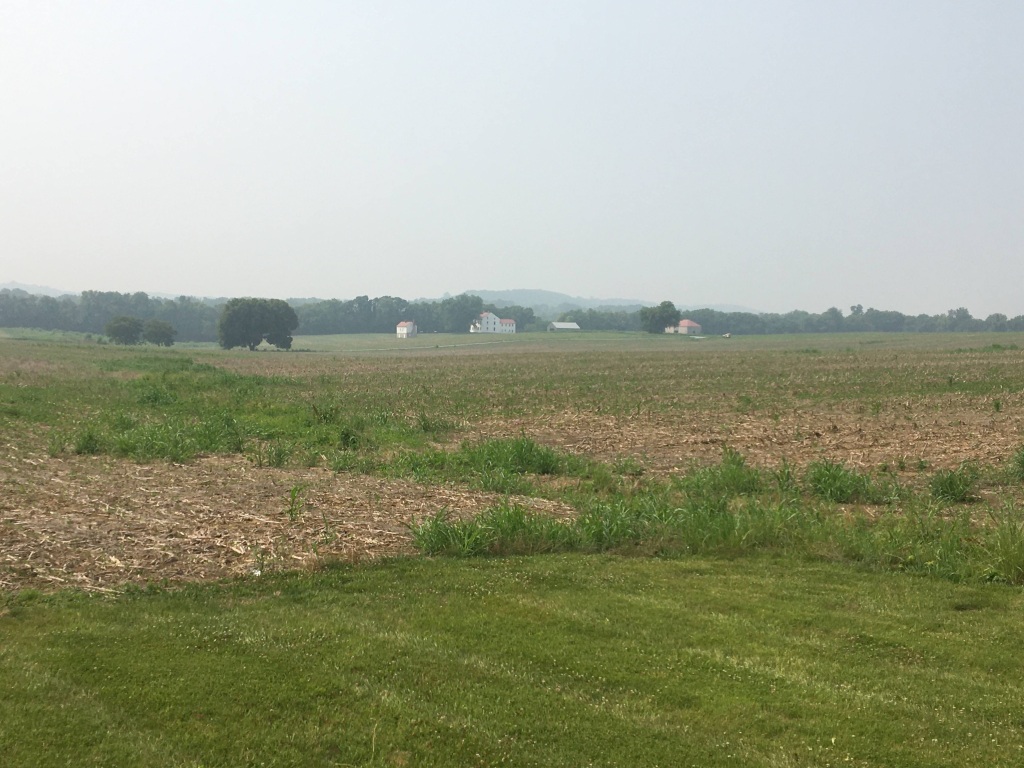
After leaving Monocacy battlefield, I drove back to Hyattstown, to where I had driven on day one of this trip, to pick up the march route of the 65th NY to New Windsor, following a path which Corporal Timothy Carroll had marched 160 years ago to the day. North on modern day Maryland route 75, crossing I-70, which of course didn’t exist in 1863, then southeast on route 144, the old National Turnpike, through the historic village of New Market, then further southeast to Mt. Airy. There, I turned northward on south Main street (current route 808) through the historic town of Mt. Airy. A left turn on Prospect Road then a right on the old Annapolis Road to the Woodville Road reflected my thinking that it was plausible that this might have been the route taken to New Windsor from Mt. Airy, as it was relatively direct and would have kept the more major roads to Westminster open for other units of the Army of the Potomac to march. Woodville was aptly named, with the Woodville Road going through forested tracts until it neared Unionville. The route continued north on the Clemsonville Road until it intersected with the New Windsor road (modern day route 31). A right on New Windsor Road, which passed through beautiful rolling hills with corn fields and wheat fields all around, took me to historic New Windsor, where the 65th NY ended its long June 29, 1863 march and rested. True to my plan for the trip, I parked the car right down the block from Matty’s Eatery, a restaurant in a historic brick building on the New Windsor Road which Timothy Carroll likely marched past 160 years ago. The grilled cheese on sour dough bread, with delicious homemade potato chips on the side washed down with a Baltimore brewed lager beer, was a perfect culmination of the three day trip. I couldn’t be happier with how this trip went, even given the change from walking to driving the bulk of the trip. Indeed, as stated earlier, making the change worked out for the best. I had done the entirety of the march route and survived. A drive to Westminster, the first part of the June 30, 1863 march, completed the circle for me as I had done the July 1-2 march route from Manchester, Maryland, through Westminster, and on to Gettysburg in 2014. That time I walked the whole route; this time I was far less footsore but no less historically enriched.
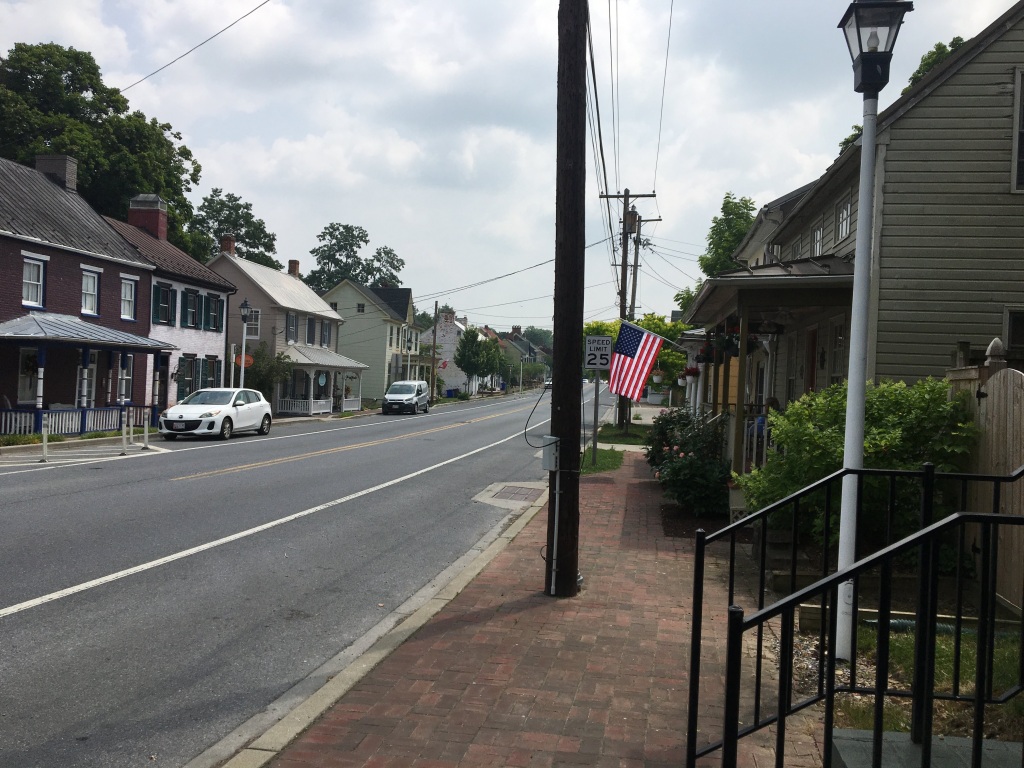

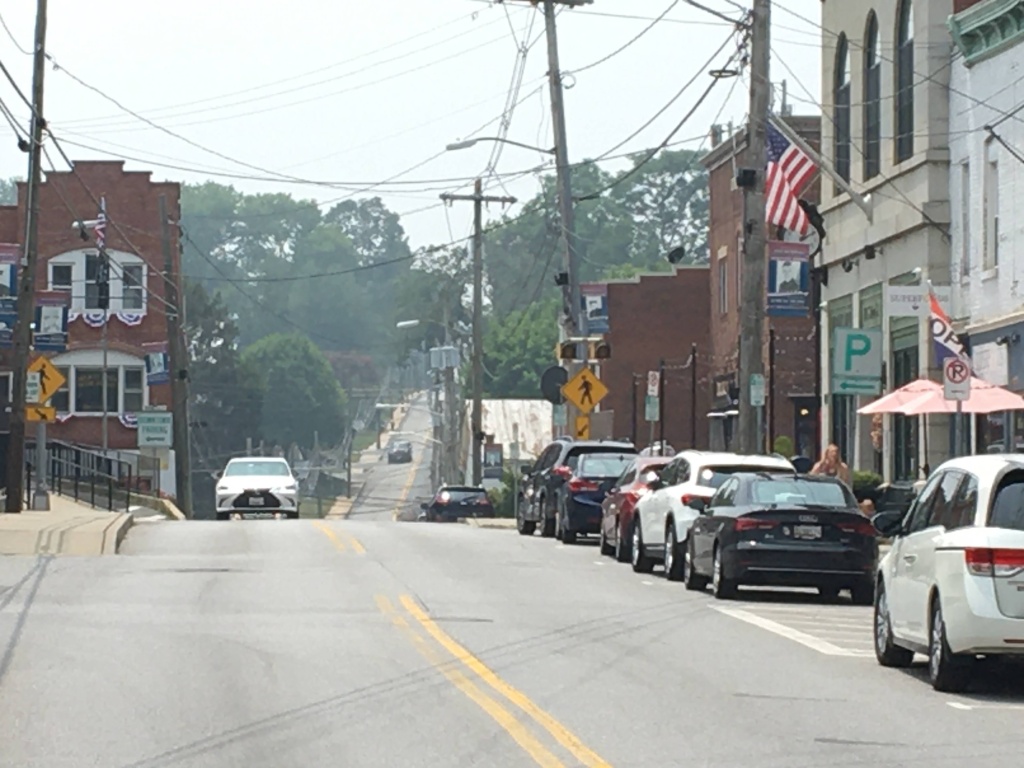




Hi there, do you have any information about Pvt John Berry co. K, later Capt co. I, KIA Spotsylvania?
LikeLike
Hi Mr. Valentine, in fact he is mentioned to a degree in chapter 14 of my book “No Flinching From Fire,” as he was a companion of Capt. Frederick Volk when the 65th NY were sent out to Johnsons Island Ohio as prison guards. I use Volk’s diary as a major source for that chapter, and he makes mention of Berry briefly. I also note his death in chapter 16, on the Battle of Spotsylvania.
LikeLike
Thanks very much, I just purchased your book on the 65th. I’d love to know where he’s buried.
LikeLike
Lemme do a quick check on findagrave. Thanks so much for buying my book. I hope you enjoy it,
LikeLike
I’m sure I will. I just purchased a cdv of him today. I can send you a scan when it arrives if you’d like. BTW I write for MI magazine using my middle name Scott.
LikeLike
That’s a great publication. Where I learned what the Chasseur uniform looked like. I would love a scanned image of the CDV! Thanks so much.
Chris
LikeLike
You got it Chris. Have a good night!
Scott
LikeLike
You too Scott. Thanks again for buying the book, and for sending the picture. I double-checked to see if I had an online images of Capt. Berry,, and I do not.
LikeLike
I can’t find his grave on Findagrave.com. He may have an unknown grave in a national cemetery near Spotsylvania. There are a good number of unknown graves at the Fredericksburg National Cemetery from the battles around that area, including Spotsylvania.
LikeLike
Yeah I’m thinking the same thing.
LikeLike
https://www.nps.gov/nr/travel/national_cemeteries/virginia/Fredericksburg_National_Cemetery.html
LikeLike
… and I assume you have seen his record in the roster of the regiment, but just in case: BERRY , JOHN.—Age , 18 years. Enrolled at Tiffin, Ohio, to
serve three years, and mustered i n as private, Co. K , August 3,
1861; promoted corporal, Augus t 5, 1861; sergeant, no date;
mustered i n as second lieutenant, Co. B , August 3, 1862; as
first lieutenant, Co. F , December 1, 1862; as adjutant,. September^, 1863; as captain, Co. I , December 14, 1863; killed
in action, Ma y 10, 1864, at Spotsylvania Court House, Ya .
Commissioned second lieutenant, October 27, 1862, with
rank from August 1, 1862, vice W . D . Morton dismissed; first
lieutenant, February 4,1863, with rank from December 1,1862,
vice H . C. Elli s promoted; adjutant, September 5, 1863, with
rank from Jul y 1, 1863, vice W . J . Haverl y promoted; captain,
November 25, 1863, with rank from October 27, ‘1863, vice
E . Bernard resigned.
LikeLike
Is there a photo of him in your book?
LikeLike
I’m afraid I have seen no photos of him.
LikeLike
Hi Again John! I hope you got the Capt. Berry CDV! I would love to see a picture of it. Sorry to pester; I hope you are having a great summer.
LikeLike
Jeez, I forgot! Old age lol. I’ll send you a scan tomorrow.
LikeLike
Thanks much for the quick response!
LikeLike
Good morning Chris, attached are scans of Lt. Berry as promised. Feel free to use the photos on your site but please credit them to me.
Best wishes, Scott
LikeLike
Thanks and will do.
LikeLike
Hi Scott–thanks again, though I don’t see any scans attached.
LikeLike
If this doesn’t work for you Chris you may have to give me an email address.
Scott
LikeLike
saylerscreek1865@gmail.com. Sorry to be a pain, Scott.
LikeLike